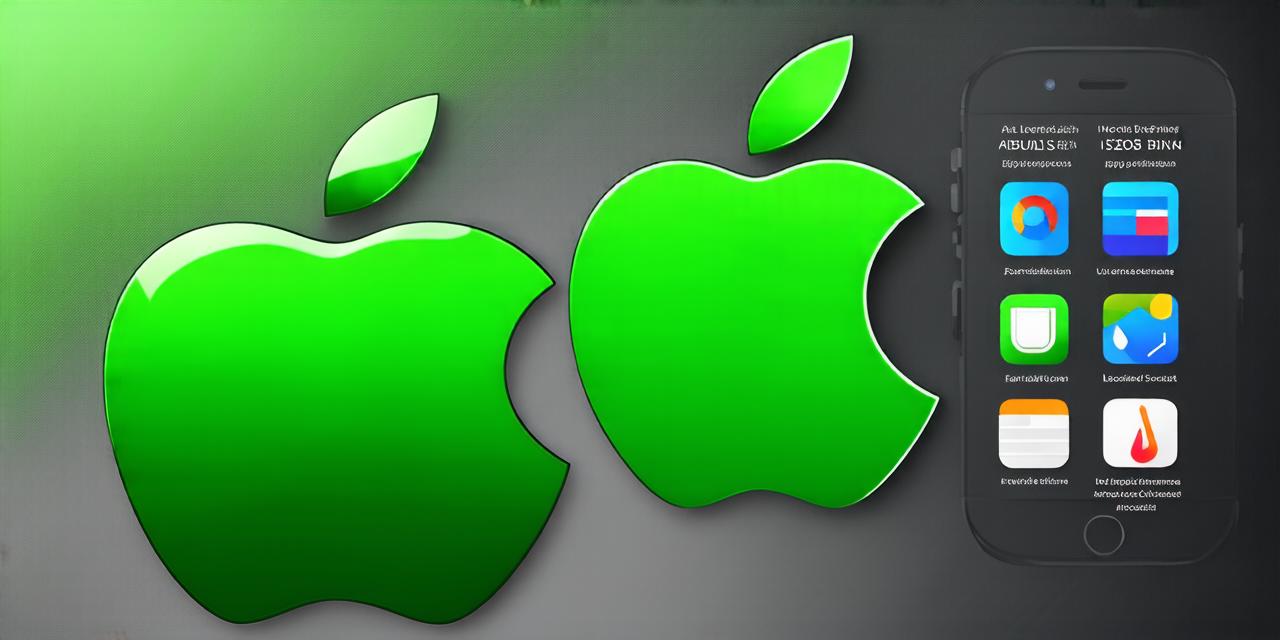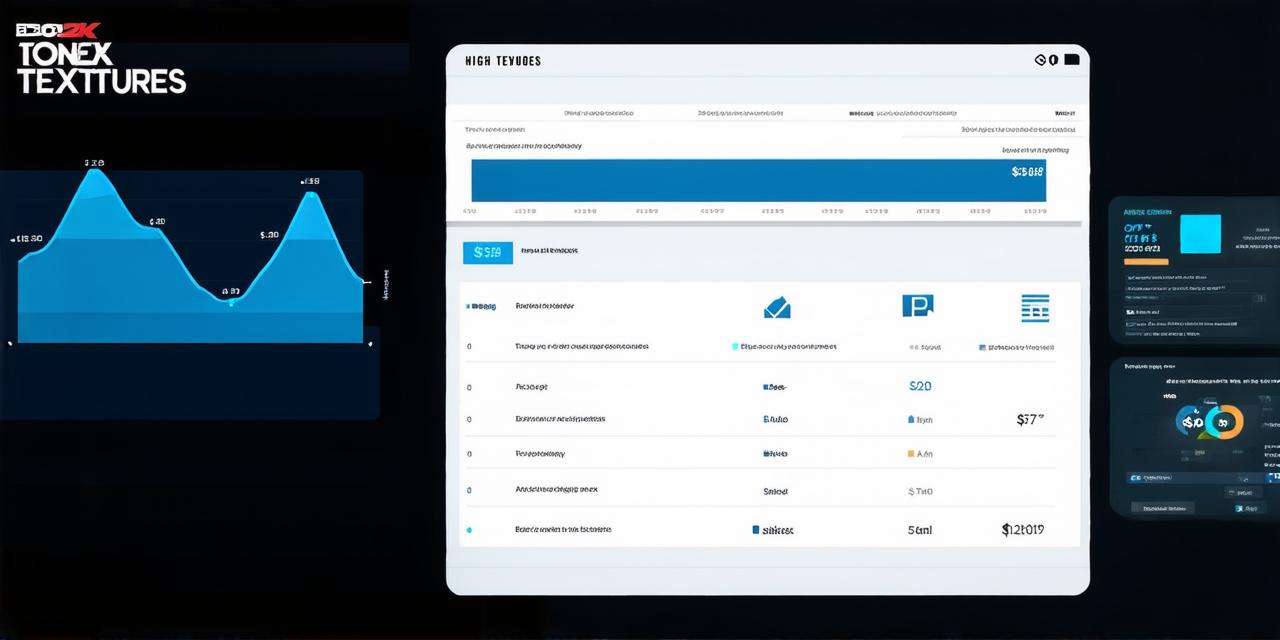1. Understanding Your Target Audience
Before you can make money with an app, you need to understand your target audience. By identifying the needs of your potential customers, you can create a product that meets their requirements and generates revenue. Here are some tips to help you understand your target audience:
- Conduct market research: Analyze your competitors, study your target demographics, and identify gaps in the market. This information will help you develop an app that stands out from the crowd and solves a real problem for your customers.
- Use analytics: Track user behavior, preferences, and engagement to understand how users interact with your app. This data will help you optimize your product and improve the user experience, which is crucial for retention and revenue generation.
- Gather feedback: Ask your users for feedback on your app’s features, design, and functionality. Use this information to improve your product and build a loyal customer base that is more likely to generate revenue over time.
2. Choose Your Revenue Model
Once you understand your target audience, it’s time to choose a revenue model that aligns with their needs and preferences. Here are some of the most common revenue models for app developers:
- Freemium: Offer basic features of your app for free while charging for premium features or services. This model is popular with apps that provide value-added services, such as social media, music streaming, or productivity tools.
- Subscription: Require users to pay a monthly or annual fee to access your app’s features and content. This model works well for apps that offer ongoing value, such as fitness tracking, language learning, or financial management.
- In-app purchases: Allow users to purchase virtual goods, such as premium features, additional content, or exclusive items, within your app. This model is popular with games, social media apps, and entertainment apps.
- Advertising: Display ads within your app to generate revenue based on user engagement or impressions. This model works well for free apps that rely on advertising to generate revenue.
- Affiliate marketing: Promote products or services of other companies within your app and earn a commission for each sale or referral. This model is popular with e-commerce apps, lifestyle apps, and productivity apps.

3. Monetize Your App Effectively
Now that you’ve chosen your revenue model, it’s time to monetize your app effectively. Here are some tips to help you maximize your revenue:
- Optimize your pricing strategy: Determine the right price for your premium features or services based on market demand and competition. Use analytics to track user behavior and adjust your pricing as needed.
- Focus on retention: Keep users engaged with your app by offering regular updates, new features, and personalized content. This will increase the likelihood of repeat purchases and improve customer loyalty.
- Offer a seamless user experience: Ensure that your app is easy to use and navigate, with clear calls-to-action and intuitive design. A positive user experience can lead to higher conversion rates and more revenue over time.
- Leverage social proof: Use testimonials, reviews, and ratings to build trust with potential customers and showcase the value of your app. This can help increase downloads and generate more revenue.
Case Study: Uber
Uber is a great example of an app that has successfully monetized its business model. The ride-hailing app offers a freemium model, with basic features available for free and premium features such as Uber Eats and Uber for Business available for a fee. Uber’s success can be attributed to its focus on user experience, personalization, and loyalty programs.



